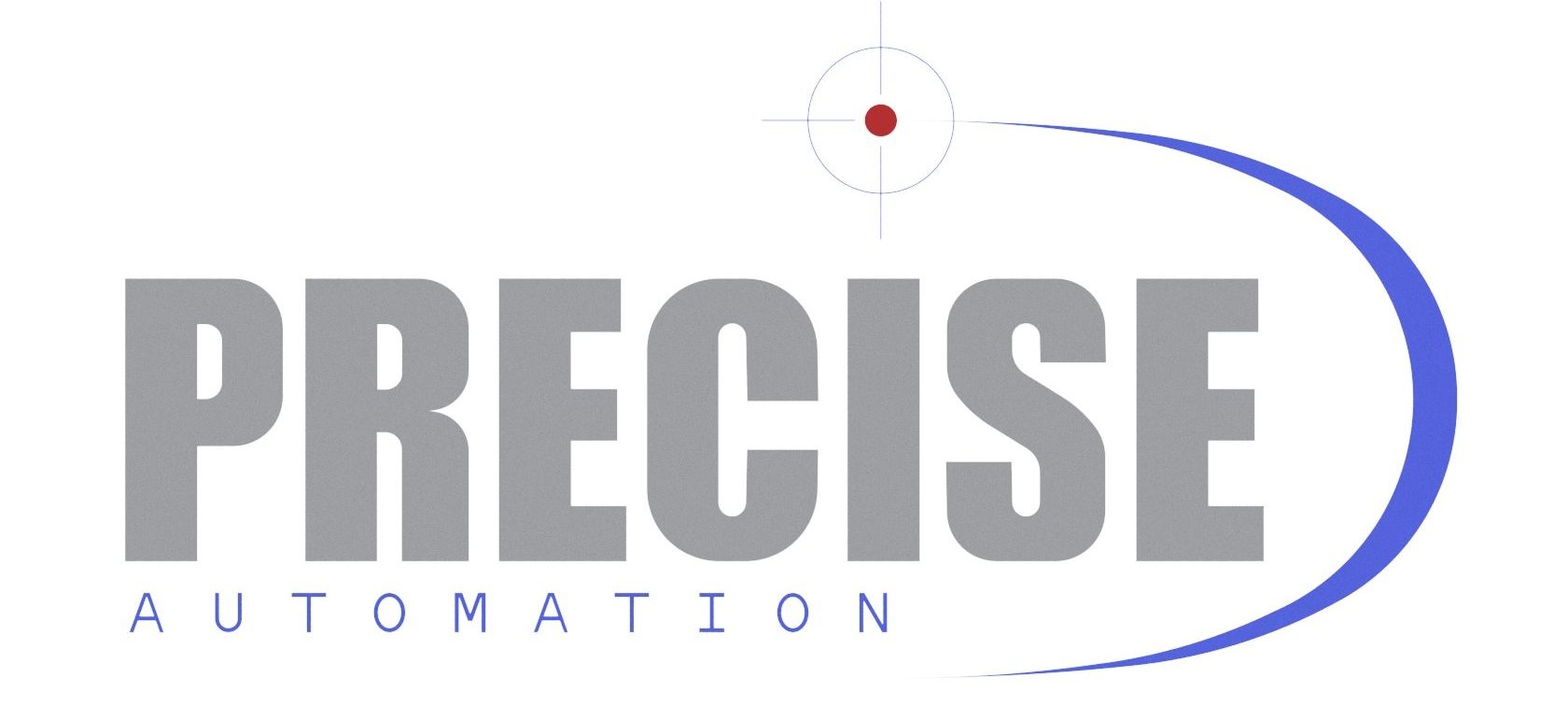We manufacture and build a full line of Labor Assist Robotic Systems.
Labor assist robotics refer to robotic systems and devices designed to assist humans in various labor-intensive tasks, particularly those that require physical effort, precision, and efficiency. These robotics are developed to enhance productivity, reduce physical strain on workers, improve safety, and potentially perform tasks that might be too challenging or risky for humans alone.
Our systems perform many tasks to help resolve labor and efficiency issues companies are faced with on a regular basis.
Capabilities
- BIN PICKING
- TENDING
- FLEX FEEDING
- VISION GUIDED
- ORIENTING
- SORTING & INSPECTION
- 1-2-3 ASSEMBLY
Bin picking is an advanced automation technique used in manufacturing to efficiently and autonomously retrieve individual objects or parts from a bin or container. This technology leverages sophisticated robotic systems equipped with cameras, sensors, and machine learning algorithms. The robotic system identifies and analyzes the position, orientation, and shape of objects within the bin and then plans a precise pick-and-place operation to extract the desired item. Bin picking offers several advantages in manufacturing, including increased production efficiency, reduced labor costs, and improved accuracy in handling parts. It’s particularly valuable in industries where there is a wide variety of parts to be picked and assembled, such as automotive or electronics manufacturing. Bin picking not only streamlines the production process but also enhances flexibility and adaptability, as it allows robots to handle a diverse range of parts without the need for manual reprogramming.
Machine tending is a critical function in manufacturing that involves the operation and supervision of machines, typically automated systems like CNC (Computer Numerical Control) machines or robotic workstations. This task encompasses various responsibilities, such as loading raw materials into the machines, unloading finished products, setting up tooling, and ensuring the machines run smoothly and efficiently. Machine tending is crucial for maintaining a continuous production flow, minimizing downtime, and upholding product quality. It often requires skilled operators or technicians who can program, monitor, and troubleshoot the machines as needed. With advancements in robotics and automation, machine tending has become more streamlined and efficient, allowing manufacturers to improve productivity while maintaining the precision and consistency demanded by modern manufacturing processes.
Flex feeding is an innovative approach in manufacturing that involves adaptable and dynamic feeding of parts or materials to production processes. This technique employs specialized equipment and systems capable of handling a wide variety of components or parts without the need for extensive retooling or changeovers. Flex feeding is particularly valuable in industries where product diversity and frequent changeovers are common, such as automotive or electronics manufacturing. By using robotic or automated systems with advanced vision and gripping capabilities, flex feeding ensures efficient and accurate part delivery to assembly or processing stations. This not only reduces downtime associated with reconfiguration but also enhances production flexibility and responsiveness to market demands, making it a valuable strategy for manufacturers aiming to optimize their operations and remain competitive in dynamic markets.
Vision-guided manufacturing plays a pivotal role in enhancing accuracy, quality control, and adaptability within production lines. It enables robots to identify and handle objects, inspect components for defects, and navigate complex environments with precision. As a result, manufacturers can achieve higher levels of productivity, reduce errors, and maintain consistent product quality, making vision-guided systems a cornerstone of modern manufacturing practices.
Orienting in manufacturing refers to the process of aligning or positioning components or parts in a specific manner to meet the requirements of a production process or assembly. This crucial step ensures that each element is in the correct orientation before further processing or assembly takes place. Orienting can involve rotating, flipping, or otherwise adjusting the position of objects to match a designated orientation, which is often determined by design specifications or assembly instructions. Automation and robotics play a significant role in modern orienting processes, as they can precisely manipulate and orient parts at high speeds. Accurate orienting is essential for maintaining product quality, functionality, and consistency across manufacturing operations, particularly in industries like electronics, automotive, and aerospace, where precision and alignment are critical to product performance.
Sorting and inspection are fundamental processes in manufacturing, aimed at ensuring product quality and adherence to specifications. Sorting involves the careful categorization and separation of items based on predefined criteria, such as size, shape, or quality. This process is essential for organizing materials and components, enabling efficient assembly and production. Inspection, on the other hand, is the systematic examination of products or parts to identify defects, deviations, or inconsistencies. Inspection techniques can range from visual checks to more advanced methods, such as automated vision inspection systems or non-destructive testing. By combining sorting and inspection, manufacturers can identify and isolate defective or non-compliant items, preventing them from entering the final product assembly. These processes are integral to maintaining high-quality standards, minimizing rework, and ensuring customer satisfaction in diverse manufacturing industries.
“1-2-3 assembly” is a term used in manufacturing to describe a simplified and highly efficient assembly process. It implies that assembling a product or component is so straightforward that it can be completed in just three simple steps, akin to counting “1-2-3.” This approach aims to streamline production by minimizing complexity, reducing the number of required parts or fasteners, and optimizing the assembly sequence. The goal is to improve productivity, reduce assembly errors, and ultimately lower production costs. Manufacturers often employ design principles that favor 1-2-3 assembly when designing products or components, as it can lead to faster production, shorter training times for assembly workers, and a more reliable and consistent manufacturing process.


